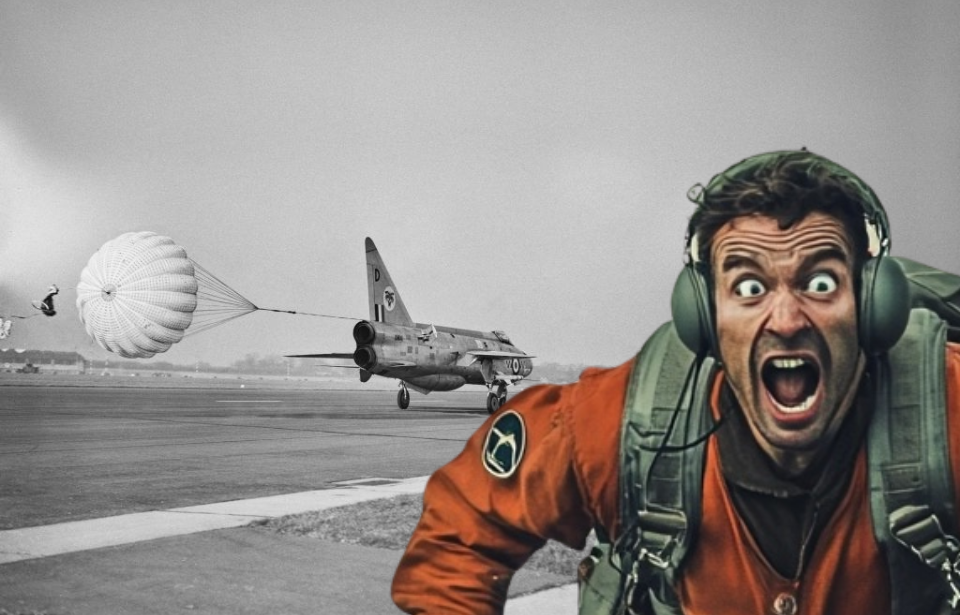Not all Royal Air Force heroes take to the skies in pilot gear. Walter Holden, an RAF ground engineer, was among the countless unsung experts dedicated to ensuring fighter jets were primed for combat. But what started as a routine inspection on an English Electric Lightning quickly spiraled into a life-threatening ordeal.
Stationed in the cockpit to carry out standard system diagnostics, Holden inadvertently triggered the jet’s takeoff sequence. Suddenly, the engines roared to life and the Lightning rocketed down the runway—leaving Holden, who had never flown a plane in his life, helplessly locked inside the accelerating aircraft.
Walter Holden trained as a pilot
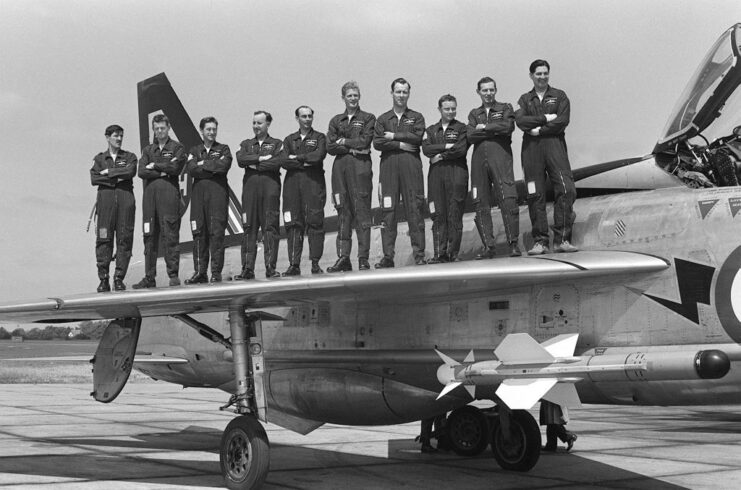
In 1943, Walter “Taffy” Holden enlisted in the RAF while studying mechanical engineering. While he initially had no plans to become a pilot, he completed mandatory flight training on a de Havilland Tiger Moth and, later, on a Harvard aircraft.
After successfully finishing his training, he earned his pilot’s wings and went on to fly a de Havilland Canada DHC-1 Chipmunk.
Performing routine maintenance
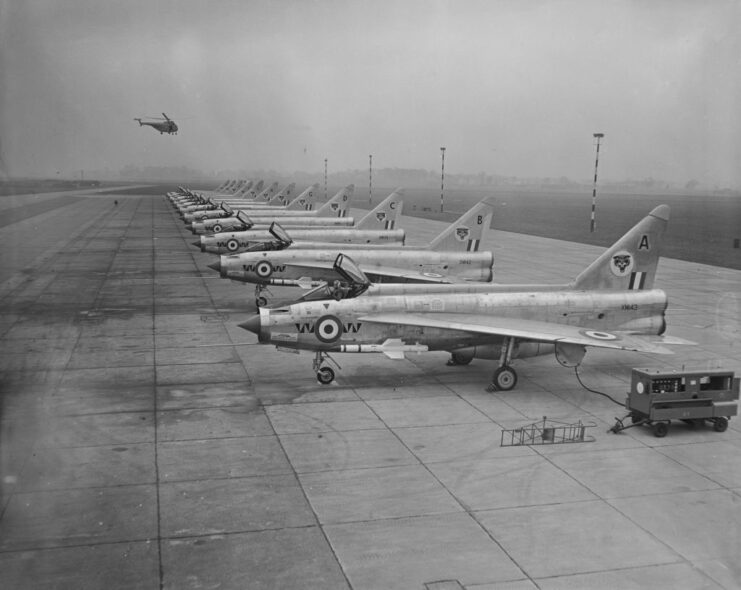
Walter Holden shifted his attention from aviation to focusing on his career in RAF engineering. Excelling in his duties, he advanced to lead the No. 33 Maintenance Unit RAF at RAF Lyneham by 1966. The unit played a key role in the upkeep of aircraft like the English Electric Lightning, slated for retirement, as well as Canberras and the Gloster Meteor.
Needing to test aircraft XM135

Walter Holden needed a pilot to evaluate aircraft XM135 so the fleet could be formally retired, but it would take more than a week for one to arrive. Not wanting to wait, he decided to do it himself. His job was only to taxi the Lightning on the ground to check various electrical systems—revving the engine to high speeds, shutting it down, and testing the brakes.
Since there was no plan to take off, Holden skipped wearing a helmet and radio, using hand signals to communicate with his ground crew instead. The aircraft didn’t have a canopy, its landing gear was fixed in the down position, and the ejector seat wasn’t functional.
Things take a turn…
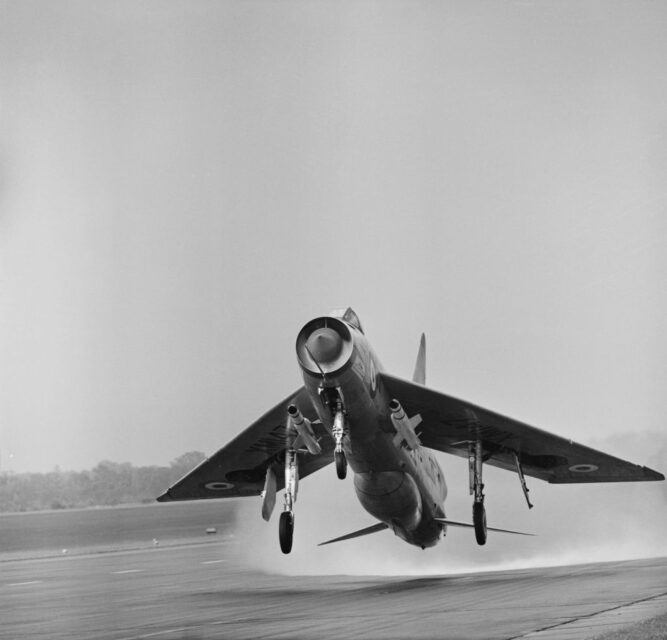
The first test went smoothly, but during the second, Walter Holden accidentally pushed the throttle too far, activating the afterburner. Since he wasn’t familiar with the Lightning, he didn’t know how to turn it off.
The plane quickly picked up speed. He narrowly avoided a fuel tanker and a low-flying de Havilland Comet, but soon realized he was headed straight for a village at the end of the runway. With no way to stop and little time left, Holden had no choice but to take off.
A touchy landing
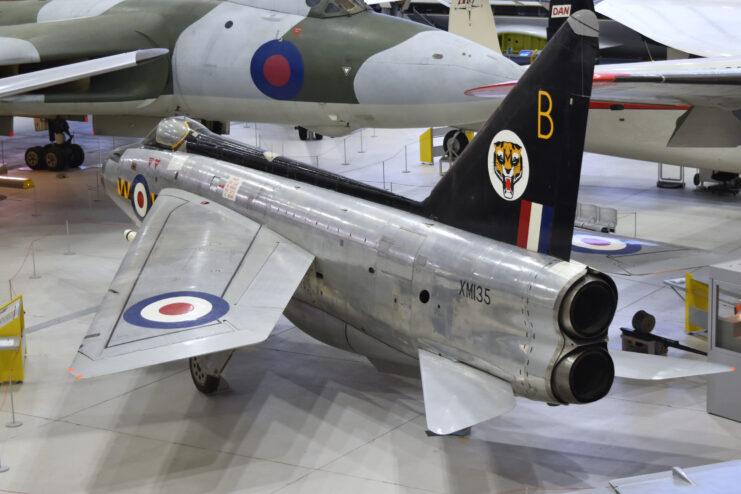
Once airborne, Walter Holden kept a remarkable level of calm and acted decisively. He shut off the afterburner to slow the Lightning and concentrated on how to bring it down—despite having zero flight training. His first two landing attempts ended in failure, as he couldn’t get the aircraft aligned with the runway. On his third approach, though, he finally managed to set the jet down.
Drawing on his experience with older taildragger planes, Holden instinctively applied what he knew—which led him to lower the nose too early, causing the Lightning’s tail to smack the runway. The force tore off the drogue chute that would have helped decelerate the aircraft. Even so, Holden successfully brought Lightning XM135 to a halt, coming to a stop with just 300 feet of runway remaining.
What began as a simple maintenance test transformed into a white-knuckle, 12-minute flight that cemented Holden’s place in RAF lore.
Walter Holden wasn’t punished for the incident
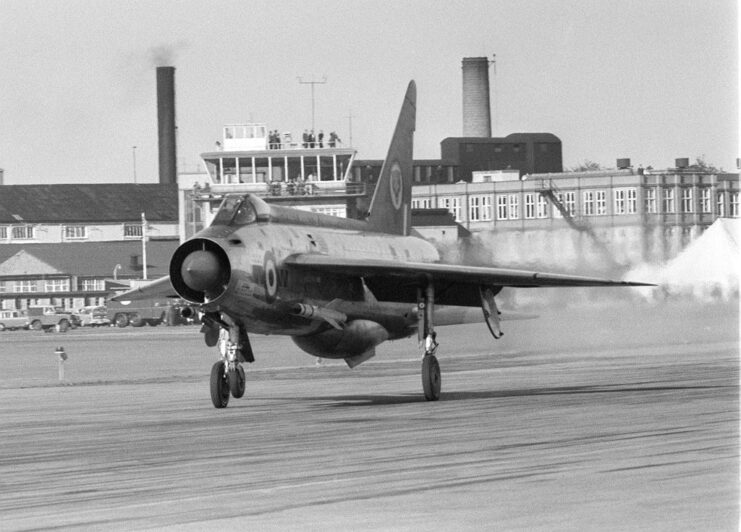
Despite the way he landed, the Lightning was repaired and returned to service until 1974, when it was put on display at Imperial War Museum Duxford. Holden emerged without a scratch, but was put on leave in Italy after the media caught wind of the story. He wasn’t punished, and only had to admit that he should have left the test to a pilot familiar with Lightnings.
With this small slap on the wrist, he continued serving with the RAF until the early 1980s.
